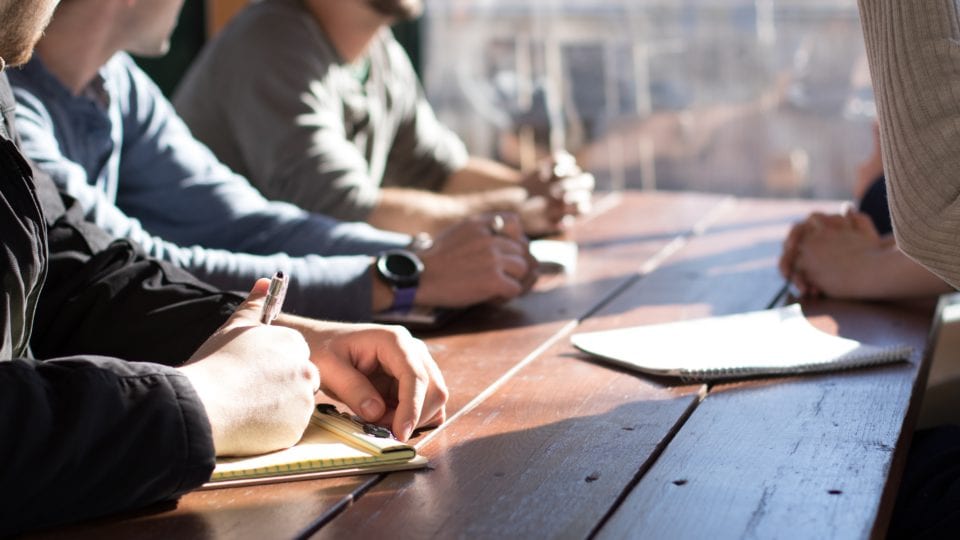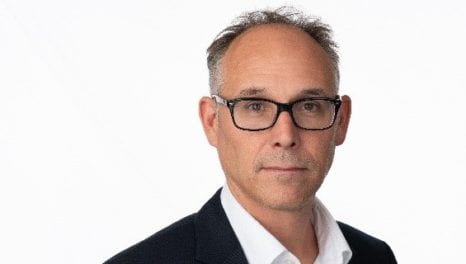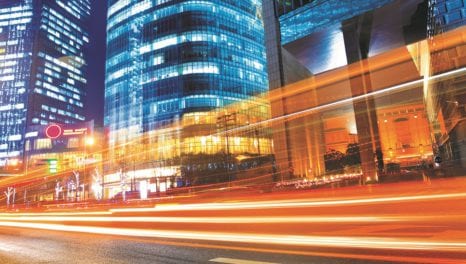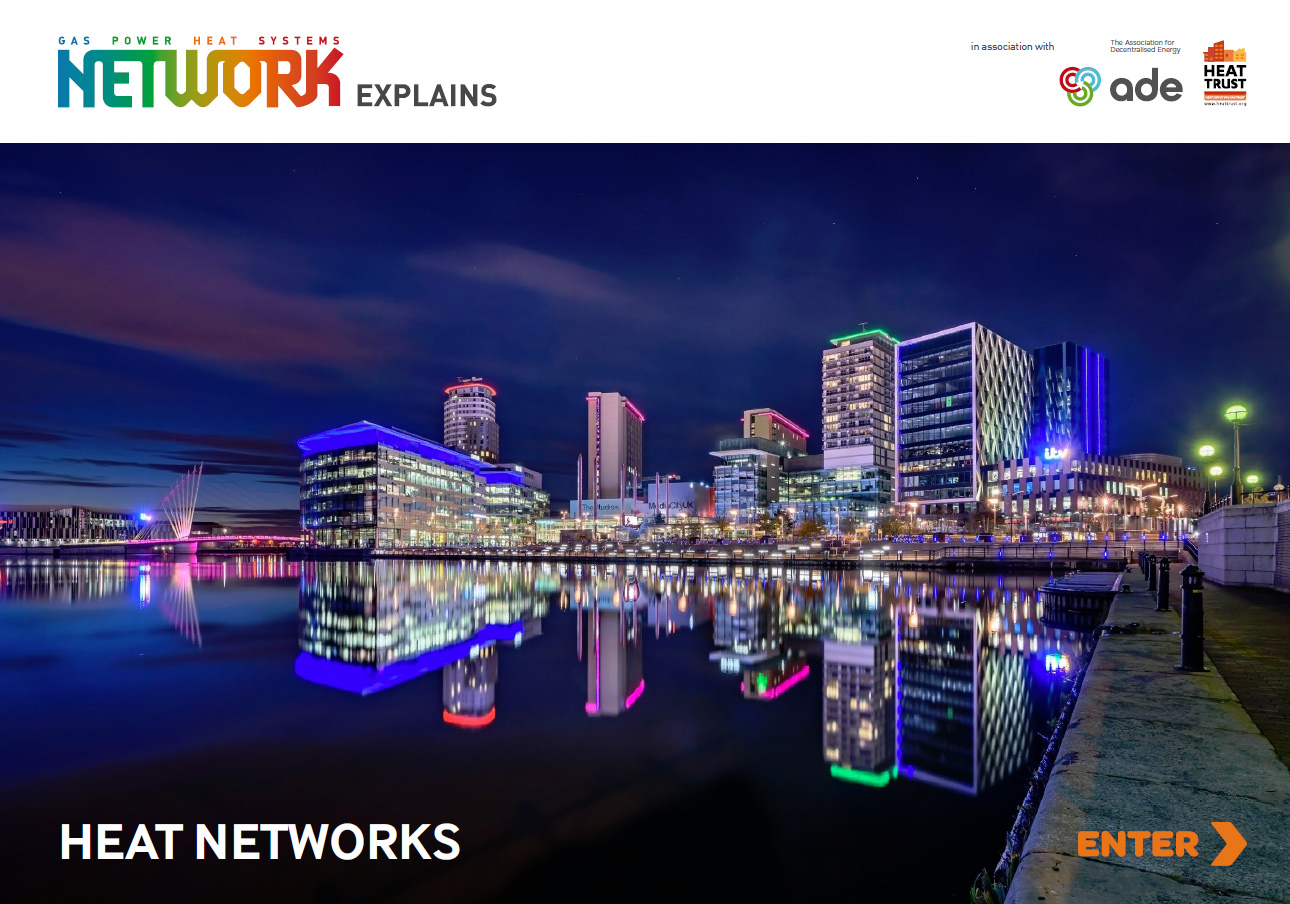‘Learning by doing’ on the road to net zero
DSO director Andrew Roper discusses 'Learning by doing', a key principle that Scottish and Southern Electricity Networks is applying to the net zero transition
10th February 2020 by Networks

Don’t just think about it, simulate it!
There is a great deal that we do not (yet) know in how electricity networks will function, which ideas will win the day, and how customer behaviour and engagement with our business might change. ‘Learning by doing’ ensures we are responsive and proactive in finding solutions to changing demands and signals. Learning by doing doesn’t just mean applying the practical lessons that our project participation teaches us. It also means thinking about how we are engaging and interacting with our wider stakeholders and especially how they want to interact with the energy system that serves them.
Learning by doing delivers better results for our customers through listening to their needs and developing a nuanced understanding of how our stakeholders will act in the future energy system.
Simulating the future
In the summer of 2019, we took an industry-first step in hosting a series of ‘market rules simulation’ events. The learnings gathered through these simulations will form a key part of SSEN’s Project TRANSITION.
TRANSITION is a five-year project which will design, develop and demonstrate the operations of DSO architecture. The project’s focus is to support local energy flexibility and facilitate new markets, such as peer-to-peer trading, whilst maintaining neutrality and delivering on customer expectation. The first field trial of the rules developed through TRANSITION will take place in the summer of 2020.
The TRANSITION project team met in Reading with SSENs internal colleagues, which included representation from our planners, control room and trading teams. Assuming a different role in the energy industry, a scenario was given for each group to act out and make the decisions they felt that specific industry actor would make. We closely monitored how rules could impact each participant, and how unintended consequences may develop. The event process and rules were tweaked, and the event was rerun in Oxford involving the LEO project partners.
With a different audience, we noticed some similarities in the decisions they made but again gave another view on how they expected certain industry players could act. Attendees at the workshops were able to interact with future energy scenarios, test the rules that govern them and challenge those that create unfairness.
In October we hosted a further two workshops.
This time participants in the simulation represented the role they would be performing in the future energy system. This included suppliers, traders, aggregators, customers, DNOs, ESO, asset owners and industry experts, all participating in an interactive event that tested the rules of a future flexibility market. Participants traded a portfolio of flexibility assets and used the interaction to analyse the draft Basic Market Rules (BMR) that had been developed to structure the market. Drawing upon their expertise from different sectors of the industry, they tested the rules, checked for errors and identified loopholes which might allow the market to be damaged through manipulation.
Participants raised a variety of risks
Participants identified occasions where market actors would need to be compensated in the event of an ESO or DSO outage; where smaller market actors risked being disadvantaged; and where the DSO would need to be flexible if a market need ceased to exist. The high level of attendance at the market simulation event, the engagement during and after the day and the amount of material that attendees chose to take away with them, were indicative of the effective, stimulating format.
The ‘learning by doing’ principle embedded within TRANSITION will now in turn inform the Energy Networks Association’s Open Networks Project. The market simulation that SSEN has run will therefore help inform the whole network sector and wider energy industry. This new way of running an event brought a fresh view on, not just how stakeholders interact with network operators, but how other stakeholders interact with each other in a real-time simulation environment.
The transition to DSO, and the need to move quickly to accommodate net zero emissions, means we cannot wait to only learn from pilot projects. Simulation events allow us to get live feedback and incorporate the thinking of a wide range of industry actors quickly.
I am excited about the simulation days as a tool for stakeholder engagement as they can be easily replicated throughout a range of different projects.
Learning by doing
By being highly interactive, market simulation events ensure attendees feel like they have a real stake in the decisions that are being made, and their input is invaluable in highlighting areas that we may not have considered. The lessons we learn in these sessions will be applied to deliver real world benefits to the communities we serve.
A consistent comment that came back from all four simulation events was the desire for more scenarios to be run, and to be re-run. It wasn’t just about SSEN altering the direction of where the project was to go, but stakeholders also got the opportunity to test the impact of taking different decisions.
The learnings from these workshops will help us ensure that neutrality and conflict avoidance are embedded in the future electricity system architecture.
Comments
Login on register to comment
Related content

Gas
From the front line: Chris Garside and Andy Simcoe, Northern Gas Networks
Key workers across the power and gas networks are playing a critical role in the national response to Coronavirus. Network has committed to profiling their stories.

Heat
New construction director at Switch2 Energy
Appointee brings experience from Vattenfall and Eon

Gas
Call for key worker nominations
Network magazine to celebrate dedication of critical staff
Related supplier content
![‘Learning by doing’ on the road to net zero [test product]](https://networksonline.s3.amazonaws.com/products/images/3.jpg)
People & Skills
‘Learning by doing’ on the road to net zero [test product]
DSO director Andrew Roper discusses 'Learning by doing'

Heat
How E.ON. is helping the City of London become a zero emissions city
Discover Citigen. Deep in the heart of our bustling capital

Gas
Network explains heat networks
Commonplace in Europe and gaining in popularity here